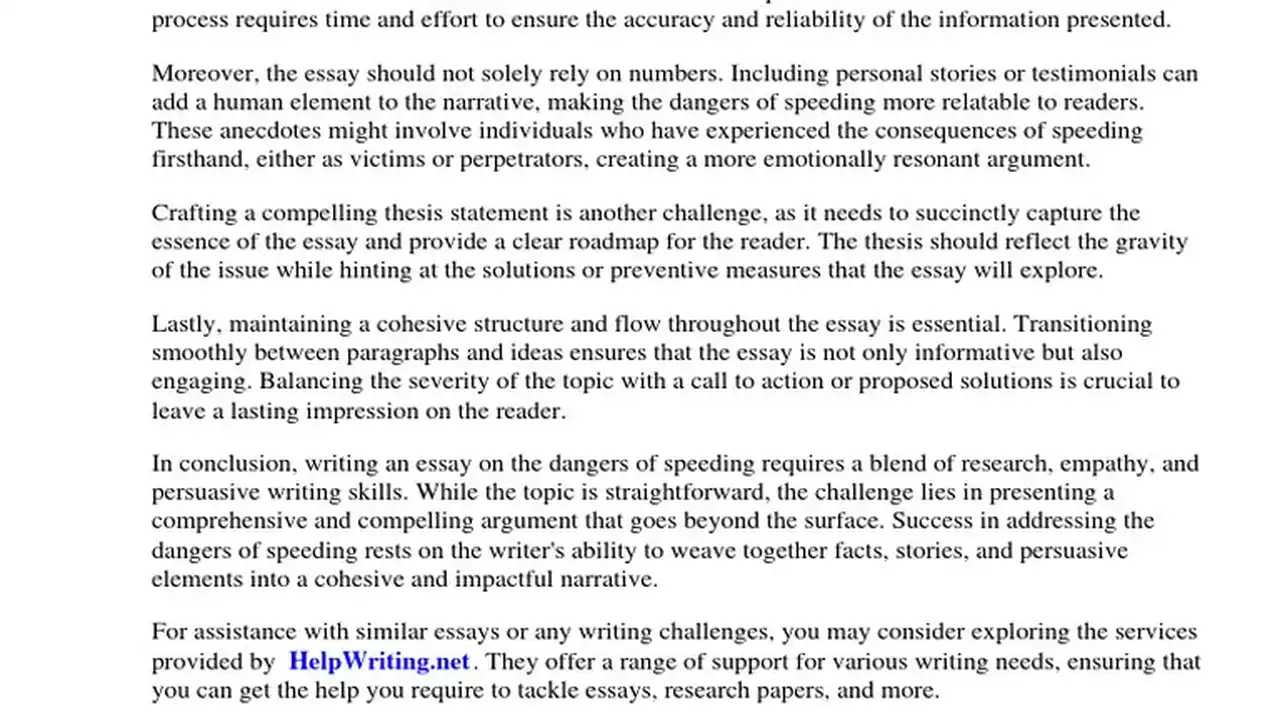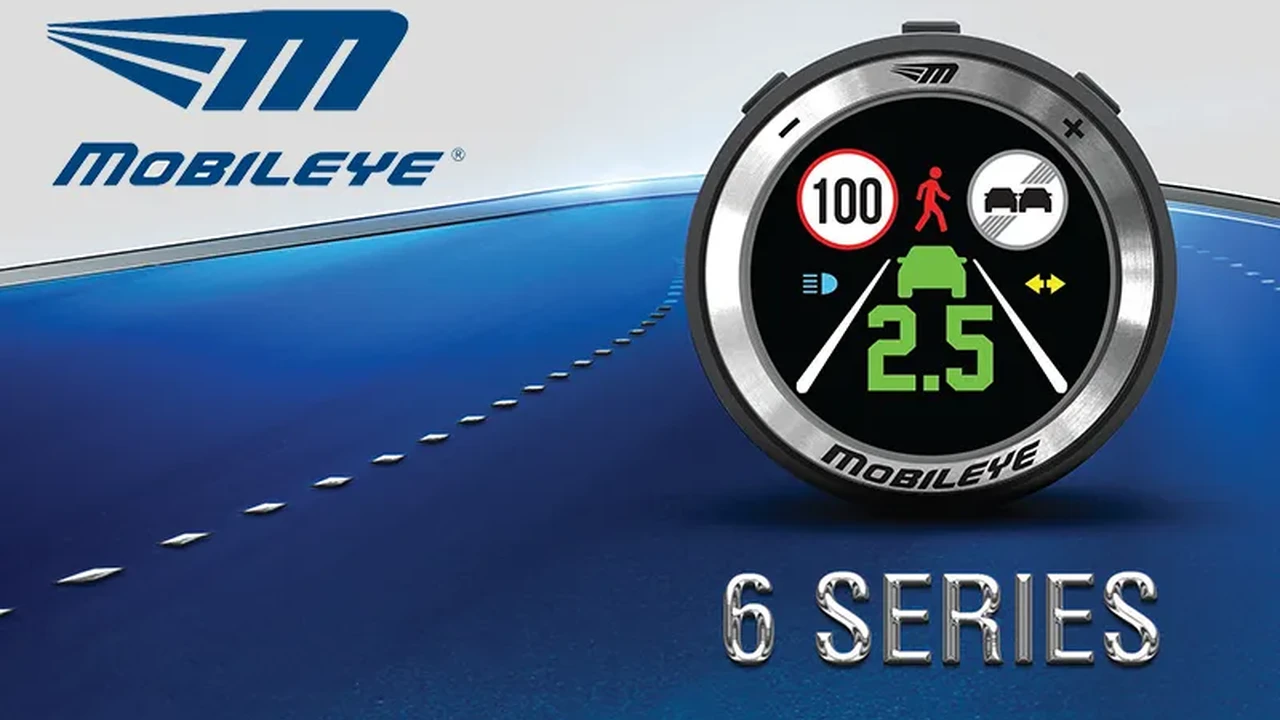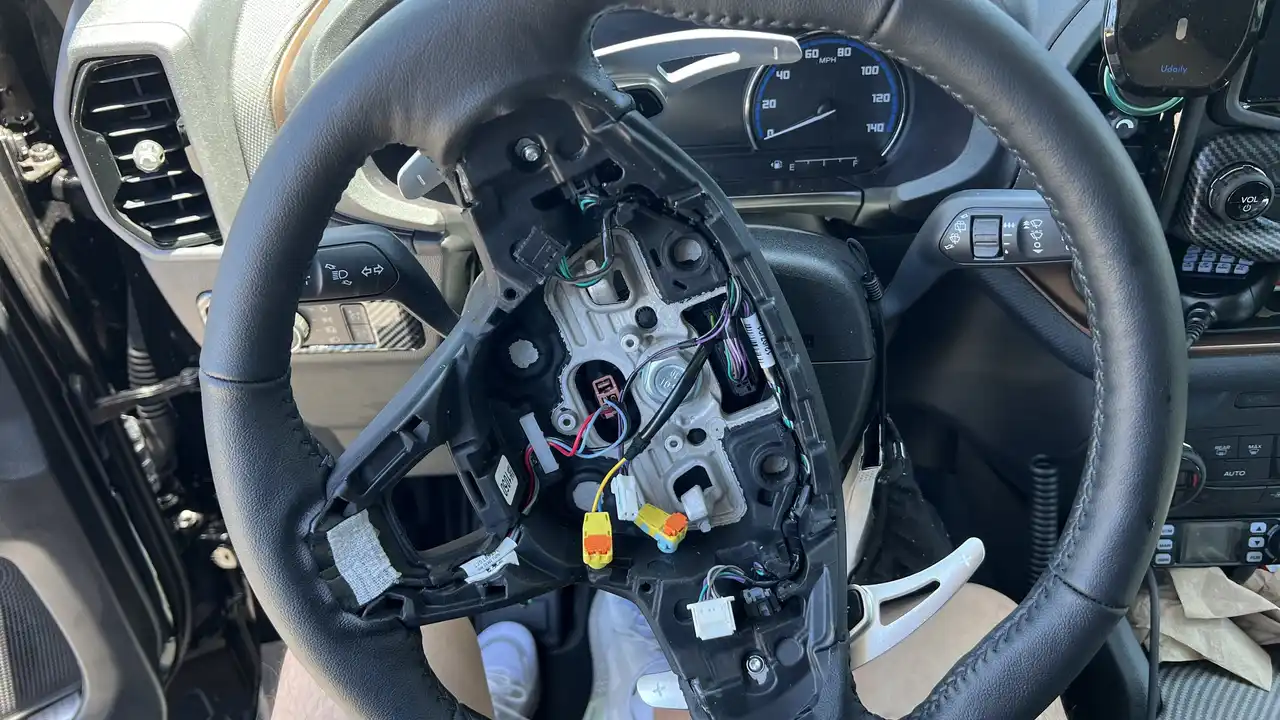The Dangers of Speeding: Understanding the Risks and Consequences

Speeding: A Recipe for Disaster Understanding the Risks
Alright, let's talk about something we all know but sometimes conveniently forget: speeding. We've all been there, running late, feeling the pressure, and giving the gas pedal a little extra love. But let's be real, speeding isn't just a minor infraction; it's a serious risk that can have devastating consequences. Think of it like this: your car is a weapon, and speed is the ammo. The faster you go, the more dangerous that weapon becomes. We're not just talking about getting a ticket here; we're talking about life-altering accidents, injuries, and even fatalities.
So, why is speeding so dangerous? Well, for starters, it reduces your reaction time. At higher speeds, things happen faster, and you have less time to react to unexpected events like a pedestrian stepping into the road, a car suddenly braking in front of you, or even just a pothole you didn't see coming. Think about trying to catch a ball thrown at you at 20 mph versus 80 mph. The faster it comes, the harder it is to catch, right? Same principle applies to driving.
Another crucial factor is stopping distance. The faster you're going, the longer it takes to stop. It's simple physics. More speed equals more kinetic energy, which requires more force to bring to a halt. This means that even if you react quickly, you might not have enough distance to avoid a collision. Imagine trying to stop a train versus a bicycle. The train has way more momentum, and it takes a lot longer to stop, even with the brakes fully engaged. Your car is somewhere in between, and the faster you go, the more it behaves like a train.
And let's not forget about the severity of crashes. The faster you're going when you crash, the more likely you are to be seriously injured or killed. The force of impact increases exponentially with speed. A crash at 30 mph might result in minor injuries, but a crash at 60 mph could be fatal. Think about hitting a wall at different speeds. At walking speed, you might get a bump. At running speed, you might break a bone. At car speed... well, you get the picture.
The Legal and Financial Repercussions of Speeding: Avoiding Costly Mistakes
Okay, so we've established that speeding is dangerous. But what about the legal and financial consequences? Let's be honest, nobody wants a speeding ticket. It's not just about the fine; it's about the points on your license, the increased insurance rates, and the potential for losing your driving privileges altogether. Speeding tickets can be surprisingly expensive, and they can have a long-lasting impact on your wallet.
The fines for speeding vary depending on the state and the speed you were traveling. But generally speaking, the faster you were going, the higher the fine. And it's not just the fine you have to worry about. You also have to factor in court costs, which can add a significant amount to the total bill. Then there's the potential for increased insurance rates. Insurance companies see speeding tickets as a sign of risky driving behavior, and they'll often raise your rates accordingly. This can cost you hundreds or even thousands of dollars over the long term.
And if you rack up too many points on your license, you could face a suspension or even a revocation of your driving privileges. This can make it difficult to get to work, school, or even run errands. Losing your license can have a serious impact on your life. So, it's really not worth the risk of speeding.
Beyond the immediate financial implications, a speeding ticket can also affect your employment prospects. Some employers, particularly those in transportation-related industries, conduct background checks on potential employees and may be hesitant to hire someone with a history of speeding violations. This can limit your job opportunities and make it harder to advance in your career.
Defensive Driving Techniques: Staying Safe at Any Speed
Alright, so how do we avoid speeding and stay safe on the road? The key is to practice defensive driving techniques. This means being aware of your surroundings, anticipating potential hazards, and making smart decisions behind the wheel. It's about being proactive rather than reactive. It's about taking control of your driving environment and minimizing your risk of accidents.
One of the most important defensive driving techniques is maintaining a safe following distance. This means leaving enough space between your car and the car in front of you to allow you to react to sudden changes in traffic. A good rule of thumb is the "three-second rule." Pick a stationary object on the side of the road, like a sign or a tree. When the car in front of you passes that object, count "one thousand one, one thousand two, one thousand three." If you pass the object before you finish counting, you're following too closely.
Another crucial technique is scanning the road ahead. Don't just focus on the car directly in front of you. Look further down the road to anticipate potential hazards, like traffic jams, construction zones, or pedestrians crossing the street. The more information you have, the better prepared you'll be to react safely.
And of course, it's essential to be aware of your speed. Pay attention to the speed limit and adjust your speed accordingly. Use your speedometer regularly to make sure you're not inadvertently speeding. And be especially careful in areas where the speed limit changes, like school zones or residential areas.
Furthermore, avoid distractions while driving. Put your phone away, adjust your mirrors before you start driving, and don't eat or drink while behind the wheel. Distracted driving is a major cause of accidents, so it's important to minimize distractions as much as possible.
Advanced Driver Assistance Systems (ADAS): Technology to Prevent Speeding Accidents
Okay, so we've talked about defensive driving techniques, but what about technology? Modern cars are equipped with a variety of advanced driver assistance systems (ADAS) that can help prevent speeding accidents. These systems use sensors, cameras, and radar to monitor your surroundings and provide warnings or even take corrective action if you're about to get into trouble.
One of the most common ADAS features is adaptive cruise control. This system automatically adjusts your speed to maintain a safe following distance from the car in front of you. If the car in front of you slows down, your car will slow down as well. And if the car in front of you speeds up, your car will speed up too, up to the set speed limit. This can help you avoid speeding inadvertently, especially on long highway drives.
Another helpful ADAS feature is lane departure warning. This system alerts you if you start to drift out of your lane without signaling. Some systems even have lane keeping assist, which will automatically steer your car back into the lane if you start to drift. This can be especially useful if you're tired or distracted.
And then there's automatic emergency braking. This system can detect potential collisions and automatically apply the brakes if you don't react in time. This can help you avoid or mitigate the severity of a crash.
These ADAS features are designed to assist drivers, not replace them. It's still important to pay attention to your surroundings and drive defensively, even if your car is equipped with these systems. But ADAS can provide an extra layer of safety and help prevent accidents.
Product Recommendations: Gadgets and Tools for Safer Driving and Speed Awareness
Now, let's talk about some specific products that can help you stay safe and avoid speeding. There are a variety of gadgets and tools available that can enhance your driving experience and provide valuable information about your speed and surroundings.
Radar Detectors: Understanding Their Value and Legality
First up, let's discuss radar detectors. These devices detect radar signals used by law enforcement to measure vehicle speed. When a radar signal is detected, the detector alerts the driver, giving them a chance to slow down before being ticketed. However, it's crucial to understand the legality of radar detectors, as they are prohibited in some jurisdictions.
Product Recommendation: The Escort MAX 360c is a top-of-the-line radar detector with excellent range and accuracy. It features directional alerts, which tell you where the radar signal is coming from, and it can be connected to your smartphone for real-time updates on speed traps and other hazards. Price: Around $600.
Usage Scenario: Ideal for long highway drives where speed traps are common. Provides early warning of radar signals, allowing you to adjust your speed accordingly.
Comparison: Compared to cheaper models, the Escort MAX 360c offers superior range, accuracy, and features. However, it's also significantly more expensive. A more budget-friendly option is the Cobra RAD 480i, which offers decent performance at a lower price point (around $200).
GPS Navigation Systems with Speed Limit Alerts: Staying Within the Law
Next, consider GPS navigation systems with speed limit alerts. These devices display the current speed limit on the road you're traveling and provide alerts if you exceed the limit. This can help you stay aware of your speed and avoid accidental speeding.
Product Recommendation: The Garmin DriveSmart 66 is a popular GPS navigation system with a clear 6.95-inch display and speed limit alerts. It also features voice control, Bluetooth connectivity, and real-time traffic updates. Price: Around $250.
Usage Scenario: Useful for navigating unfamiliar areas where you may not be aware of the speed limits. Provides visual and audible alerts when you exceed the limit.
Comparison: Compared to using your smartphone for navigation, a dedicated GPS device offers a larger screen, more reliable performance, and fewer distractions. While smartphone navigation apps are free, they can drain your battery and may not work well in areas with poor cell service.
Dash Cams with Speed Recording: Documenting Your Driving
Finally, let's talk about dash cams with speed recording. These cameras record video of your driving and can also record your speed. This can be useful for documenting your driving in case of an accident and providing evidence to law enforcement or insurance companies.
Product Recommendation: The BlackVue DR900X-2CH is a high-quality dash cam that records in 4K resolution and features speed recording. It also has parking mode, which records video when your car is parked, and Wi-Fi connectivity for easy file transfer. Price: Around $500.
Usage Scenario: Provides a visual record of your driving in case of an accident. The speed recording feature can be used to verify your speed and demonstrate that you were not speeding.
Comparison: Compared to cheaper dash cams, the BlackVue DR900X-2CH offers superior video quality, more features, and greater reliability. However, it's also significantly more expensive. A more budget-friendly option is the Vantrue N2 Pro, which offers decent video quality and speed recording at a lower price point (around $200).
The Psychological Factors Behind Speeding: Understanding the Urge to Go Fast
Okay, so we've covered the dangers, the legal consequences, the defensive driving techniques, and the technology. But what about the psychological factors behind speeding? Why do people speed in the first place? It's not always about being late or trying to get somewhere faster. Sometimes, it's about something deeper.
For some people, speeding is about the thrill of it. They enjoy the feeling of adrenaline and the sense of control that comes with driving fast. It's a way to feel alive and escape the boredom of everyday life. Think of it like riding a roller coaster. It's scary, but it's also exciting.
For others, speeding is about asserting dominance and showing off. They want to impress other drivers and demonstrate their driving skills. It's a way to feel superior and in control. Think of it like a peacock spreading its feathers. It's all about showing off.
And for still others, speeding is about coping with stress and anxiety. They use speed as a way to release tension and escape their problems. It's a way to feel in control when everything else feels out of control. Think of it like squeezing a stress ball. It's a way to release pent-up energy.
Understanding these psychological factors can help us to address the root causes of speeding and develop more effective strategies for preventing it. It's not just about telling people to slow down; it's about helping them to understand why they speed in the first place and finding alternative ways to cope with their emotions.
The Role of Infrastructure in Speeding Accidents: Road Design and Traffic Management
Finally, let's talk about the role of infrastructure in speeding accidents. The design of our roads and the way traffic is managed can have a significant impact on speeding behavior. Poorly designed roads, confusing signage, and inadequate traffic management can all contribute to speeding accidents.
For example, long, straight stretches of highway can encourage speeding because they create a sense of monotony and reduce the perception of risk. Similarly, roads with wide lanes and smooth surfaces can make it easier to speed without realizing it. And confusing signage can lead drivers to make mistakes and speed in order to catch up.
Inadequate traffic management, such as poorly timed traffic lights or insufficient merging lanes, can also contribute to speeding. Drivers may speed in order to avoid getting stuck in traffic or to merge onto a busy highway.
:max_bytes(150000):strip_icc()/277019-baked-pork-chops-with-cream-of-mushroom-soup-DDMFS-beauty-4x3-BG-7505-5762b731cf30447d9cbbbbbf387beafa.jpg)






